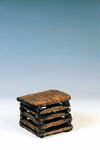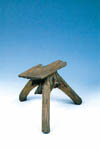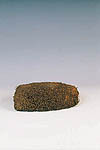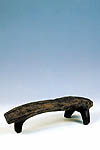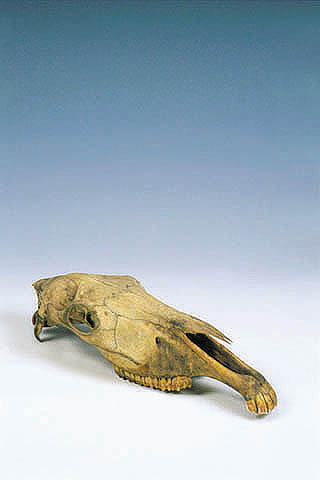 |
|
Between the two World Wars researchers were interested
in the problem of origin. They considered different forms of objects as
parts of a series where more complicated ones were always developed from
simpler ones (evolutionism). In the same period, the collection started
to contain objects whose avant-courier had been a horse skull gathered
in 1901. More chairs (27 pcs) were gathered in the collection until the
end of World War II. than chests, boarded chests, cupboards and cabinets
altogether. Out of these, eleven are small chairs that may be posed somewhere
in the beginning of the supposed series of development of sitting furniture,
among them objects like fungus chairs and a chair made of waterweed’s root.
„The present-day furniture of the peasant houses in the
villages is certainly far more than that, and we may say that – compared
with the houseroom – it is plenty and of great variety in the majority
of the Hungarian peasant houses. Out of all this plenty, ethnography is
primarily interested in the traditional things, and as the tradition seems
more ancient the extent of interest grows. So we study those pieces of
furniture more intensively which are – according to our specially oriented
method of observation – ancient or at least they bear the trace of centuries
old service. Also applying the significant achievements of linguistics
and etymology we may also be able to throw some dim light on the phases
of formation and evolution.”
Viski Károly: Bútorzat. [Furniture.] In uő (s. a. rend.):
A magyarság néprajza. 1. kötet. Tárgyi néprajz. 2. kiadás. Budapest, 1941,
Királyi Magyar Egyetemi Nyomda, 217–218. p.
For more information click on the pictures! |
